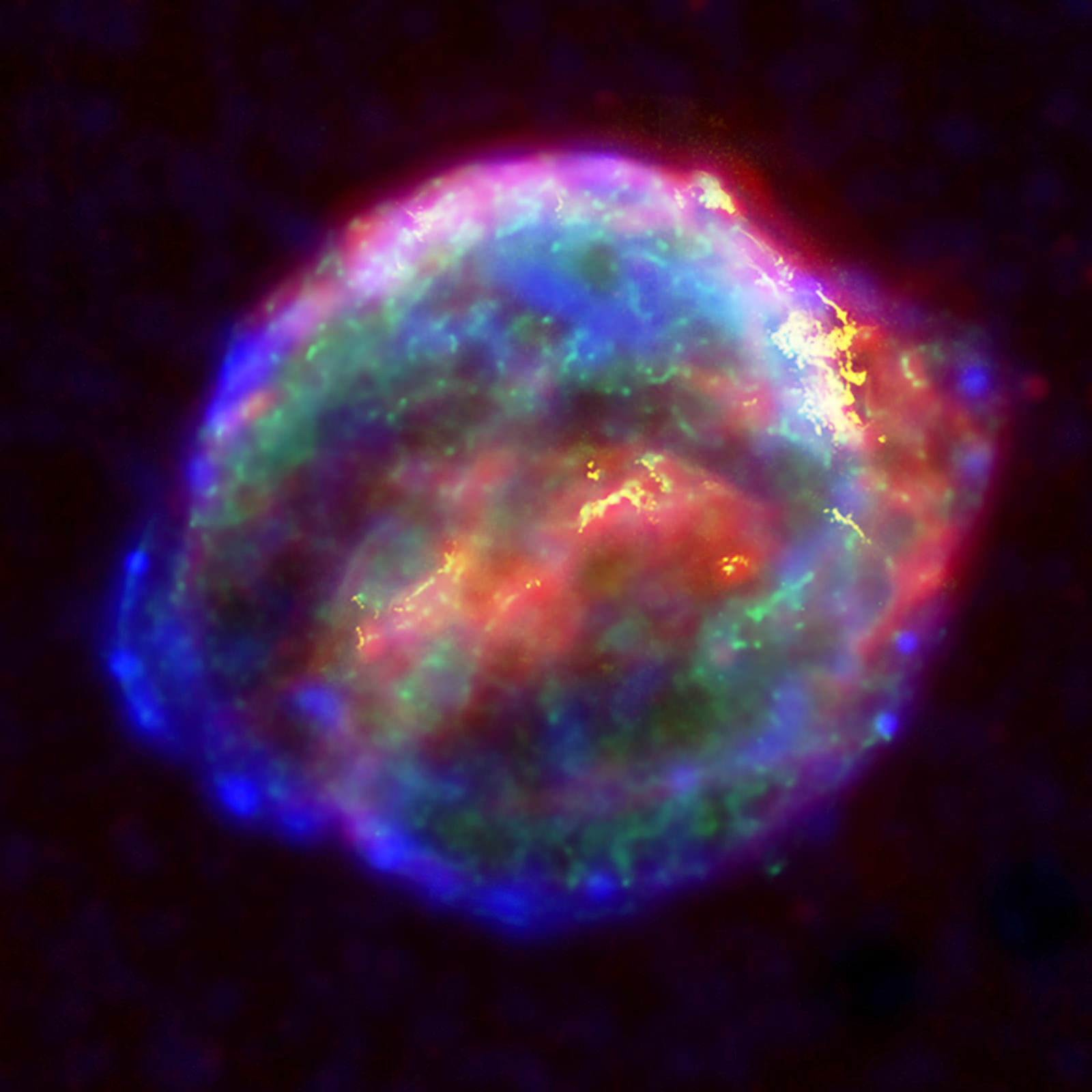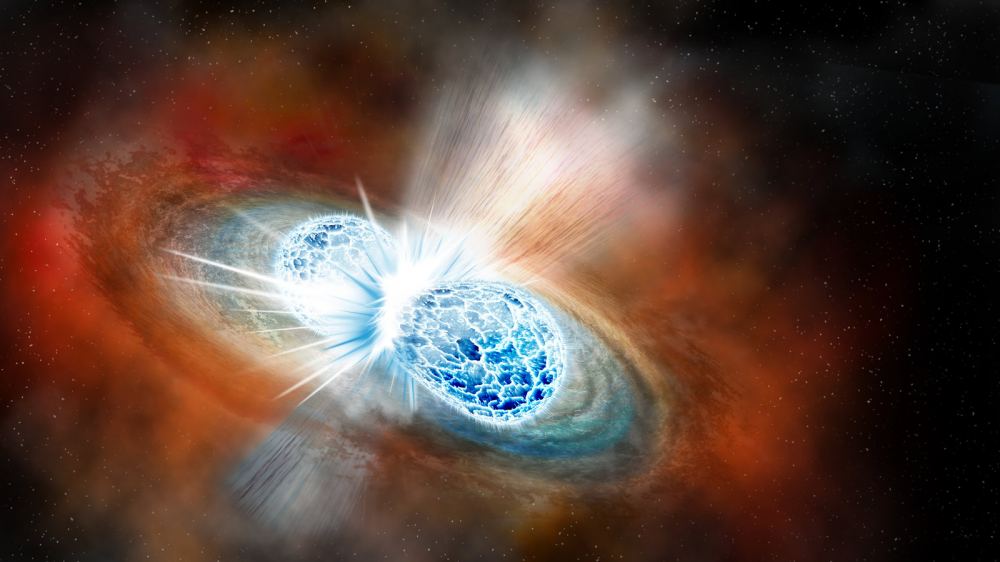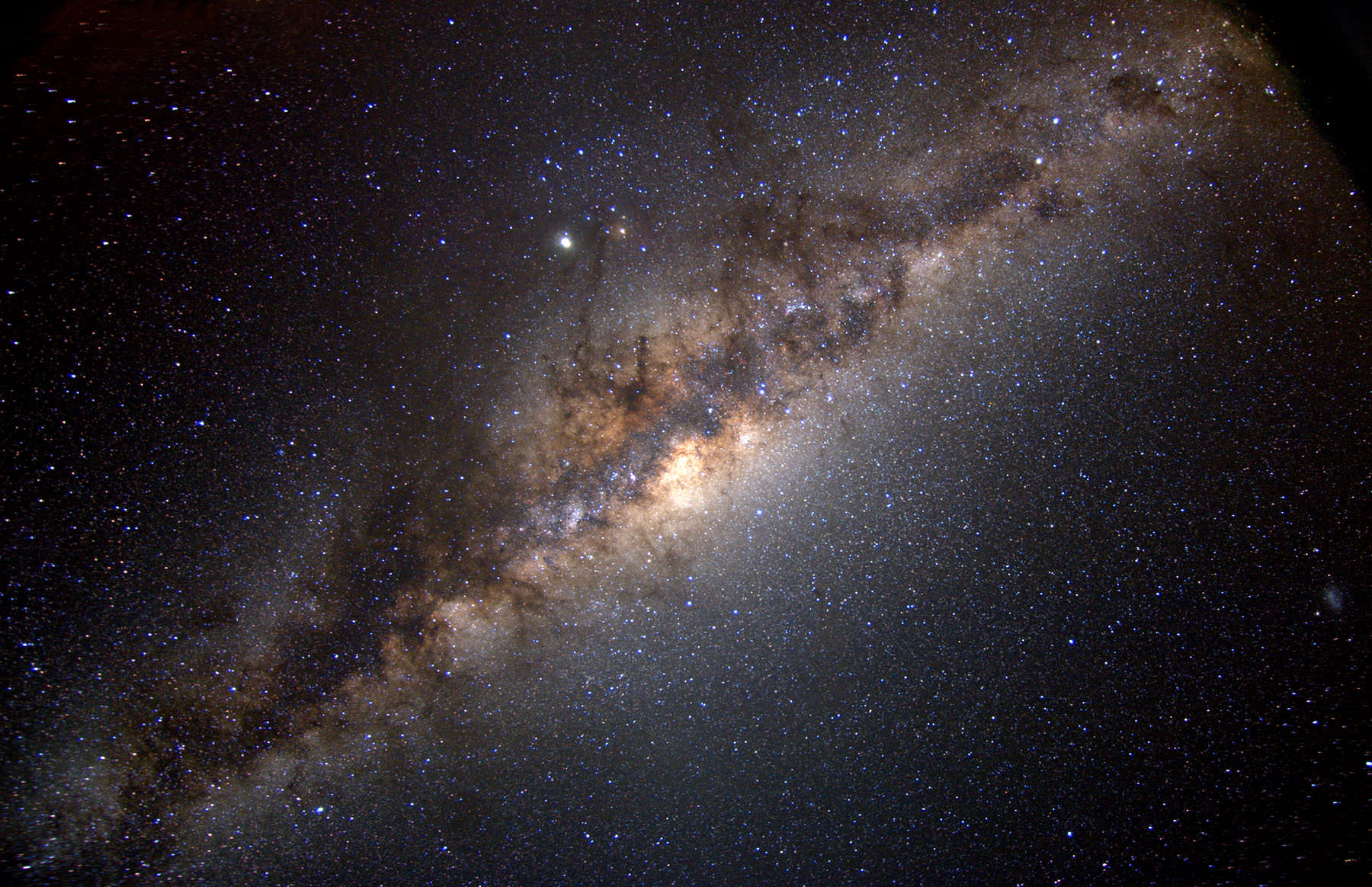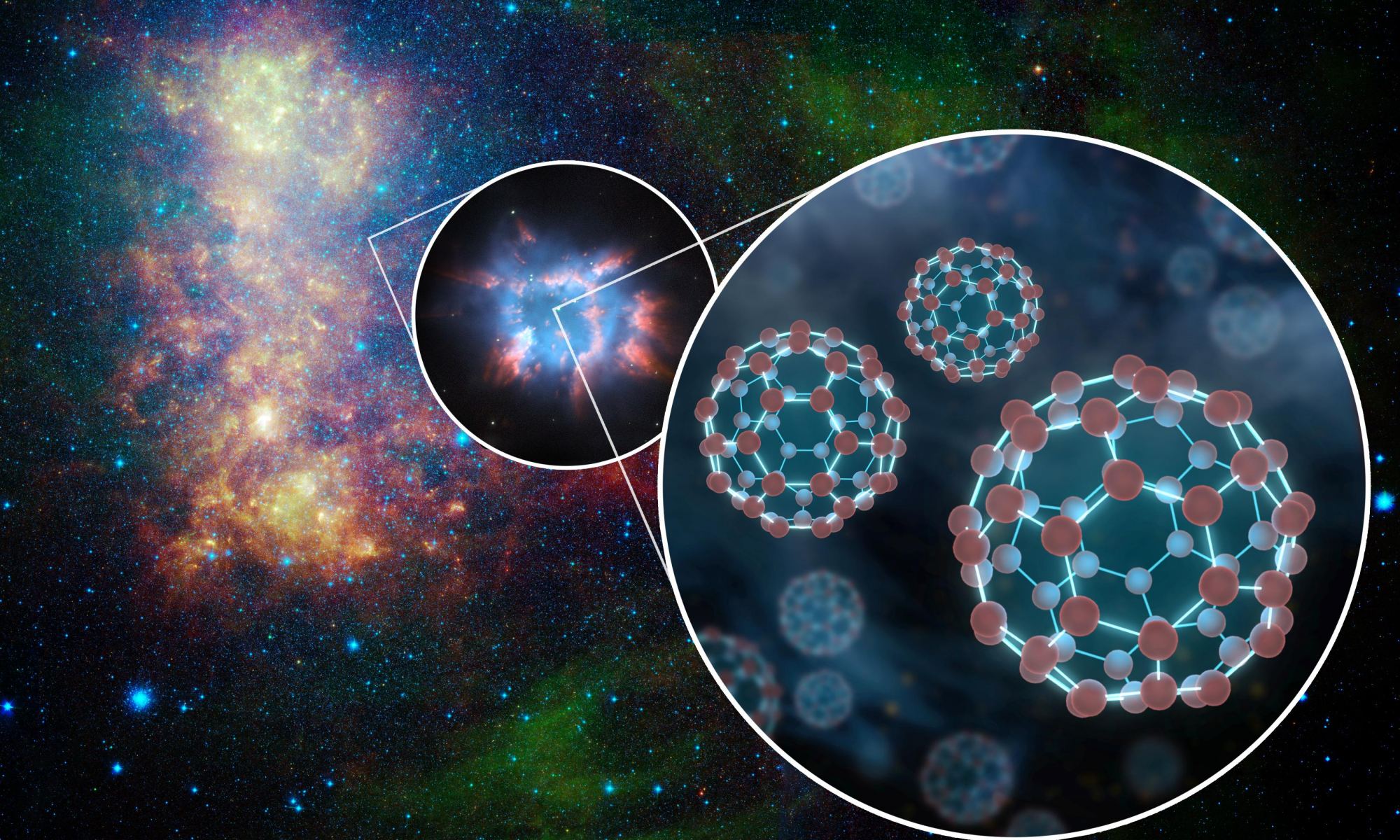In its 4.5 billion year history, Earth has had to run the gauntlet. Numerous catastrophes have imperilled the planet, from massive impacts, to volcanic conflagrations, to frigid episodes of snowball Earth. Yet life persists.
Among all of the hazards that threaten a planet, the most potentially calamitous might be a nearby star exploding as a supernova.
Continue reading “A Supernova Exploded Dangerously Close to Earth 2.5 Million Years Ago”








